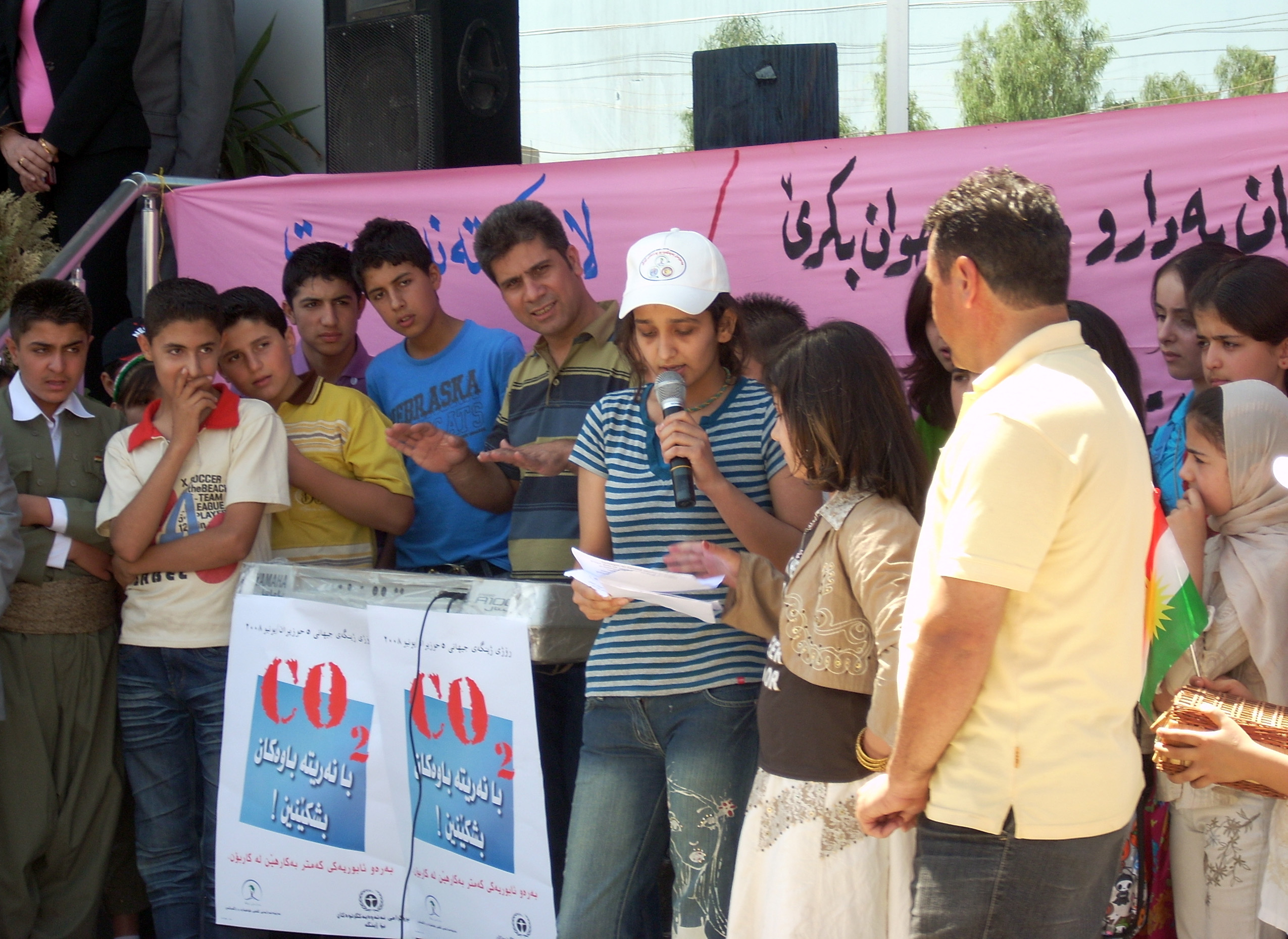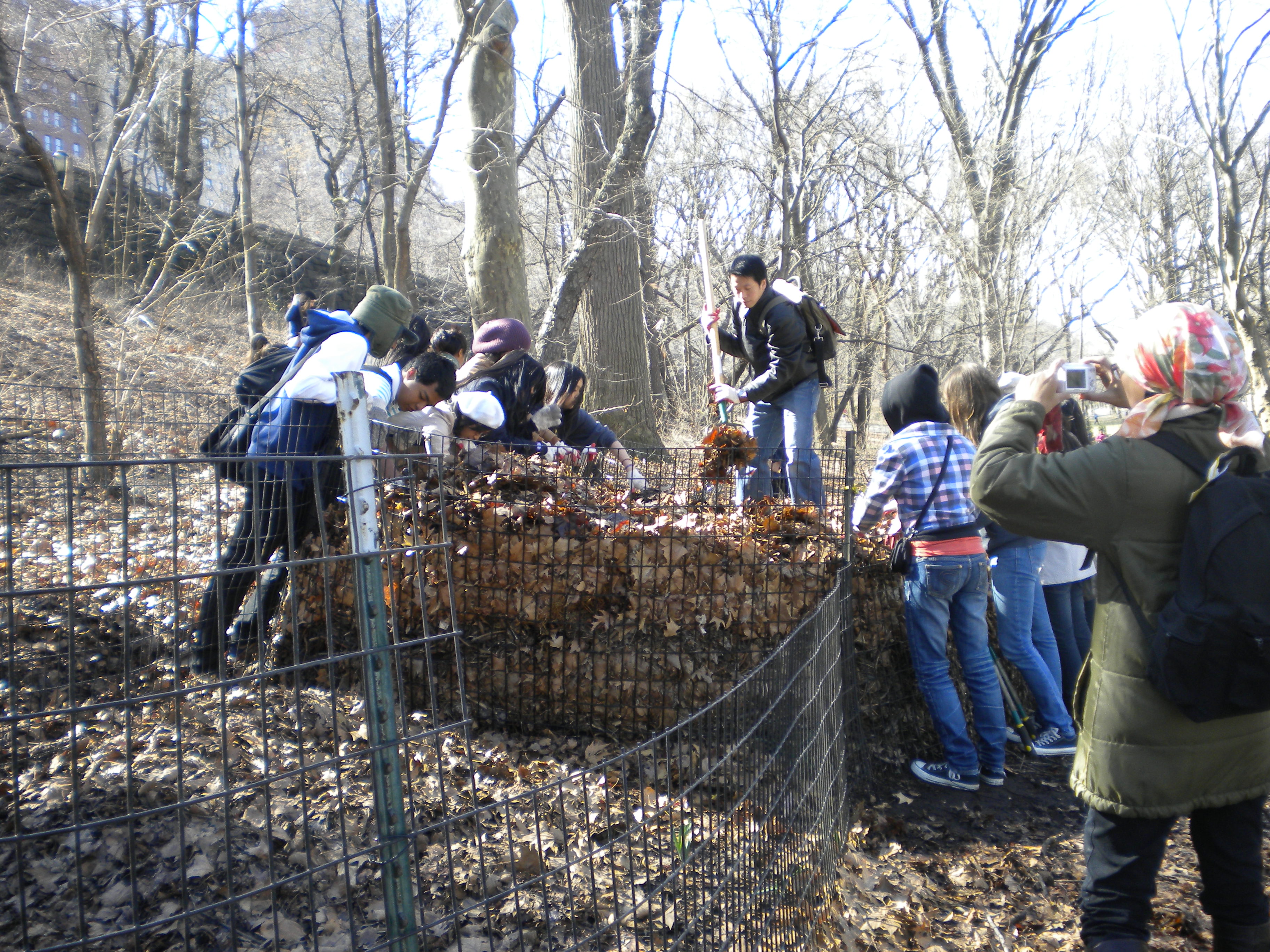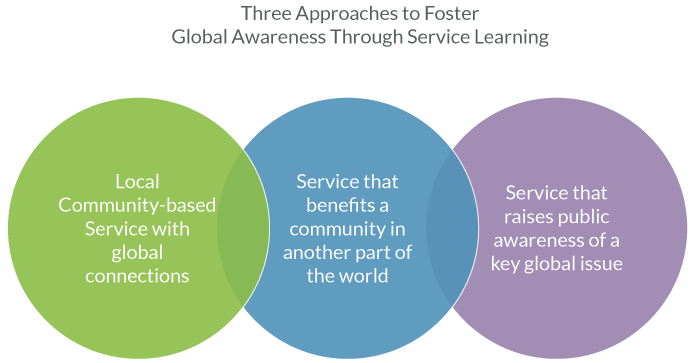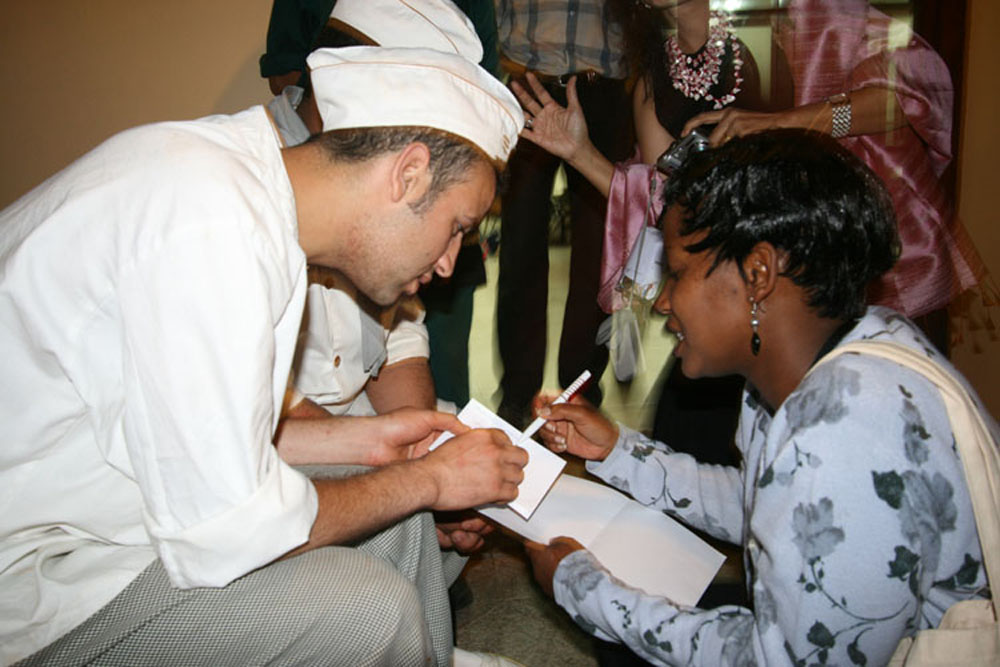Community Outreach & Engagement
- HOW DOES COMMUNITY OUTREACH AND ENGAGEMENT BENEFIT STUDENTS?
- ENGAGING WITH COMMUNITY MEMBERS AND RESOURCES
- ENGAGING AND COLLABORATING WITH THE GLOBAL COMMUNITY
- NEXT STEPS
In preceding modules you have learned how to plan and begin a project, as well as how to work collaboratively online and utilize technology tools. In this module you will learn how students can access, utilize, and collaborate with community resources, at the local and global level, to enhance their online global project work and make a meaningful contribution to the community.
HOW DOES COMMUNITY OUTREACH AND ENGAGEMENT BENEFIT STUDENTS?
Once students have discovered what motivates them and identified their final products, reaching out to the community is a great way for them to achieve their goals and apply their understanding of subject matter in a real world context.
Using community members and resources outside the classroom provides students with an opportunity to learn of additional perspectives and increase their knowledge about an issue.By engaging with various community members and representatives, students may discover that a proposed solution they developed in the classroom may not be feasible in the community or that it is supported by one group but rejected by another. This allows students to evaluate the practical applications of a proposed solution to determine if they need to revisit a previous stage of their work and reconsider factors such as cost, benefits, implementation and sustainability. This helps ensure that their final products make a meaningful contribution to the community.
Community engagement also allows students to develop critical skills that help them become more aware and empowered to be agents of change in their communities. Some of the skills students learn and practice include:
- Communication with various community officials and residents;
- Investigation and Analysis of facts/records/data sets/interviews;
- Compromise on strategies/solutions among peers and stakeholders;
- Creativity and Innovation to devise the most effective solutions;
- Management/responsibility of ongoing work tasks and commitments to community members.
Global Competencies for Students
- Identify and create opportunities for personal or collaborative action to address situations, events, issues in ways that improve conditions;
- Assess options and plan actions based on evidence and the potential for impact, taking into account previous approaches, varied perspectives, and potential consequences;
- Act, personally or collaboratively, in creative and ethical ways to contribute to improvement locally, regionally, or globally and assess the impact of the actions taken.
From Global Competency Matrix: Take Action
>> Top
ENGAGING WITH COMMUNITY MEMBERS AND RESOURCES
There are many ways that students can engage with their community throughout their project and bring real world experience into the classroom. Students can use community resources to obtain necessary information for project research, to seek guidance and feedback during project work, and to achieve and share final products. A global project can also include service activities to connect student learning to directly benefit the community.
[table id=3 /]
 Research.
Research.
At the beginning of a project, community resources can help students conduct research, gather information, and develop a plan for their project. For example, students may decide to contact members of their local government or an area business in order to conduct research, collect data, and identify various perspectives and competing priorities within a community. Make use of students and teachers in the iEARN network as resources for project research. At the beginning of the project, have students share their project ideas for feedback, interview their global peers, and collect data and information from other countries- Guidance and Feedback
During the project, students can share their work with community members to get guidance and feedback to revise their projects. Community members and global peers can give input on the project and connect it with the community. For example, students working on a public awareness project to prevent malaria can share their plans with local doctors or nurses to incorporate their expertise into their final product. In a literature project, students can share their essays or poems with their global peers for feedback and make changes to their work. - Presenting Final Products
Sharing final products with community members gives students an opportunity to celebrate the completion of their project. Presenting also serves as a time for reflection on their work. After presenting the project, ask students what they learned and how it benefited the community. Parents, community members, and other classes at school are all potential audiences for presenting project work. Students can also share their work with local newspapers, radio, or TV stations to reach a wider audience. Of course, students should also present their final projects to the global peers that they collaborated with during the process. In the next module, we will look at various ways that students can present their work to diverse audiences.
Parents, community members, and other classes at school are all potential audiences for presenting project work. Students can also share their work with local newspapers, radio, or TV stations to reach a wider audience. Of course, students should also present their final projects to the global peers that they collaborated with during the process. In the next module, we will look at various ways that students can present their work to diverse audiences. - Service Learning Activities
Service learning combines an organized service activity with instruction and purposeful reflection as a means to achieve positive change. Service learning involves more than just completing a volunteer activity that benefits the community. Service learning involves students as active players in identifying and understanding community needs and planning an activity that will make a meaningful contribution and lasting impact on the community.
“Students understood through their folk tales project that the world is small; we all share the same things even though they have different names in other countries. By learning the moral of the tales, my students changed and stood apart from the other students in school. Students drew pictures, acted the folk tales for a big audience at our school, and read their folk tales in elementary schools. This project changed my students, my school, and me. “
~Zeboniso, iEARN Educator, Tajikistan
>> Top

Three Approaches to Foster Global Awareness Through Service Learning adapted from the Peace Corps Paul D. Coverdell World Wide Schools Globally Minded Service Learning Module.
ENGAGING WITH COLLABORATING WITH THE GLOBAL COMMUNITY
Students participating in global projects have the opportunity to engage with both their local and global communities. By sharing knowledge with their peers globally in an interactive online platform, such as the iEARN Collaboration Centre, students become educators as well as learners and increase their own retention and understanding of core concepts. They develop more comprehensive, effective solutions to the problems they are addressing in their projects.
Service learning activities are a great way for students to engage with their peers globally. Consider these three approaches to bring global awareness to your class through service learning:
- Community-based service: Students can conduct a volunteer project in their community to address a local issue at the same time as their global peers. For example, students in the CIVICS project address a local issue like child literacy by volunteering to tutor younger students. They share their work with students around the world doing similar activities in their own countries.
- Service for another community: Students can also choose to do a service activity that benefits a community in a different part of the world. For example, students in the Solar Cooking Project design and construct solar cookers, use their ovens to bake desserts, then sell their products and donate the proceeds to a program that ships solar cookers to Haiti to help address issues of hunger and deforestation.
- Raising public awareness for global issues: Students’ service activities can help raise awareness in their local community about an issue that impacts the world. For example, students from Nepal, Bangladesh, and the U.S. studied the water quality of their local rivers and then compared results with one another in the Our Rivers, Our World project. Together students discussed water pollution and collaborated on local campaigns to raise awareness around the world about water contamination and how to take care of our rivers.
“iEARN gave our students the chance to discover that the issues they are facing in their local community are global. Environmental issues, empowering women, and finding solutions for hunger are not local issues to them anymore…. sharing their strategies, findings and achievements with their global peers will open new doors for all of us”
~ Hiba, After School Teacher, Syria
>> Top
[table id=6 /]
NEXT STEPS
In this module, you learned more about why and how to engage students with their local and global community when doing collaborative projects. You may have begun to consider the ways in which students can access resources and interact with members of their local and global community. You also reviewed some information, ideas, and resources about service learning activities that you may do with students and how they can enhance global awareness. In the next module, you will learn more about presenting final outcomes and how to help students create and share their project work in meaningful ways.
>> Top
